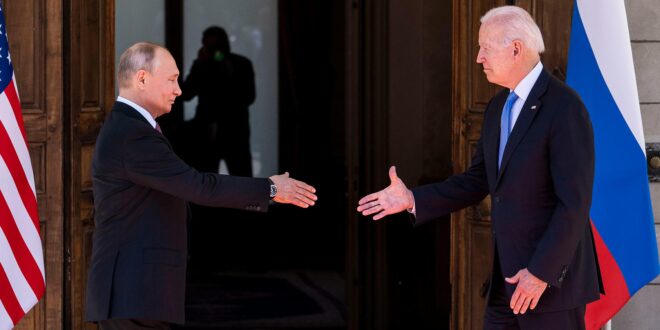What started as Russian saber-rattling along the Ukrainian border last April has now evolved into a fully-fledged international crisis, created entirely by Moscow: An attempt to force concessions from the United States and NATO by threatening to invade Ukraine.
When Russia first began amassing troops along the Ukrainian border, some dismissed Putin’s concurrent diplomatic push in Europe and the United States — writing it off as nothing more than a bad-faith effort in search of a pretext for invading Ukraine.
However, former U.S. Ambassador to Ukraine and USIP Vice President for Russia and Europe Bill Taylor has noted during numerous media appearances in recent weeks that while Putin’s diplomacy-at-gunpoint strategy is deeply flawed and counterproductive, there remains a path forward where constructive dialogue could lead Putin to pull troops back from the border, so long as the United States and NATO remain resolute.
“I don’t see conversations that lead to an understanding of each side’s concerns about the other — I don’t see that as a concession. I think it’s valuable, from a diplomatic standpoint, and from a national security standpoint…”
Bill Taylor, from The Hill
Because while only Putin truly knows what his endgame entails, Taylor has suggested that a resolute United States and NATO could raise the already extreme economic and military costs of invading Ukraine, possibly pushing Putin to look for the nearest off-ramp. And by continuing to keep diplomatic channels with Moscow open and constructive, the United States can offer both sides a chance to better address one another’s strategic and security concerns — at a much lower cost than invasion.
“We have some things that we think, if agreed, would make Europe more secure and make the United States more secure and ultimately make Russia more secure. There are things we ought to put on the table.”
Bill Taylor, from The Washington Times
Throughout the crisis, Taylor has continued to publicly advise diplomacy, dialogue and deterrence amid the uncertainty in U.S. dealings with Moscow. For more a more in-depth look at Taylor’s insight into the Russia-Ukraine crisis, see the clips and excerpts below.
 Eurasia Press & News
Eurasia Press & News


